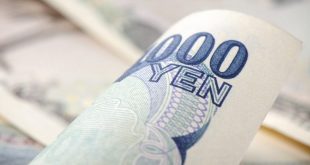This morning, the People’s Bank of China set the yuan’s exchange rate against the US dollar at 6.3729 yuan per dollar. At the same time, expectations were for the Chinese yuan to stabilize against the dollar at 6.3711 yuan per dollar, and it closed yesterday at 6.3933.
Gold fell in Tuesday morning trading in Asia as investors assessed the impact of the blow on the $1.75 trillion domestic spending bill and higher omicron mutated COVID-19 cases.
Gold futures were also down 0.12% to $1,792.35 by 4 GMT. The dollar, which usually moves in reverse with gold, fell on Tuesday.
According to Nomura’s Chief China economist Ting Lu, the People’s Bank of China (PBOC) needs to stimulate the economy to counter a slowdown by swapping the yuan for foreign exchange.
The Turkish lira rose 7 percent on Tuesday after a historic rebound of 25 percent on Monday from record lows, after President Recep Tayyip Erdogan unveiled a plan he said would protect local currency deposits from market volatility.
The currency fell and then rose in turbulent trading to record 12.21 pounds to the dollar at 0559 GMT, after closing at 13.15 Lira to the dollar.
Major currencies remained in a healthy trading range, although increased omicron cases prompted countries to re-impose restrictions, raising concerns regarding the near-term economic outlook.
The dollar index fell 0.1 percent to 96.42 but remained up from Monday’s low of 96.33.
 Noor Trends News, Technical Analysis, Educational Tools and Recommendations
Noor Trends News, Technical Analysis, Educational Tools and Recommendations





